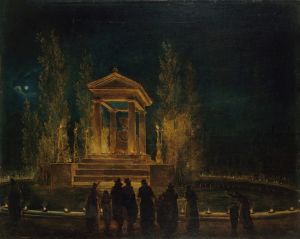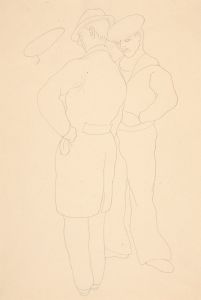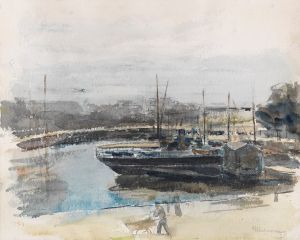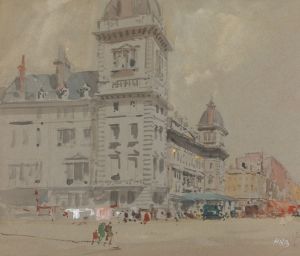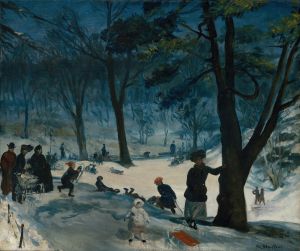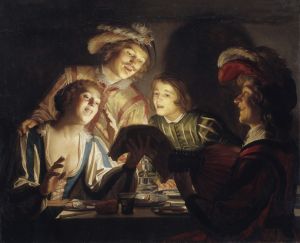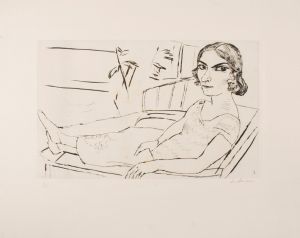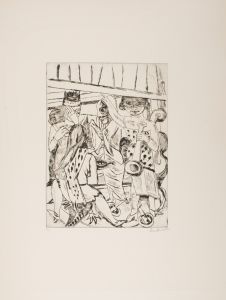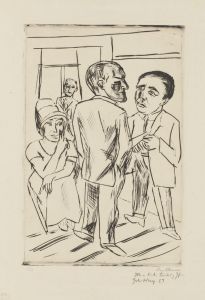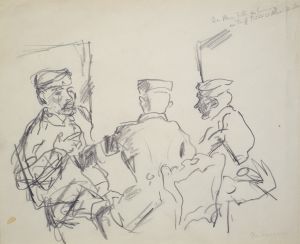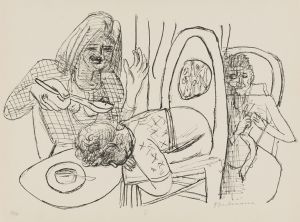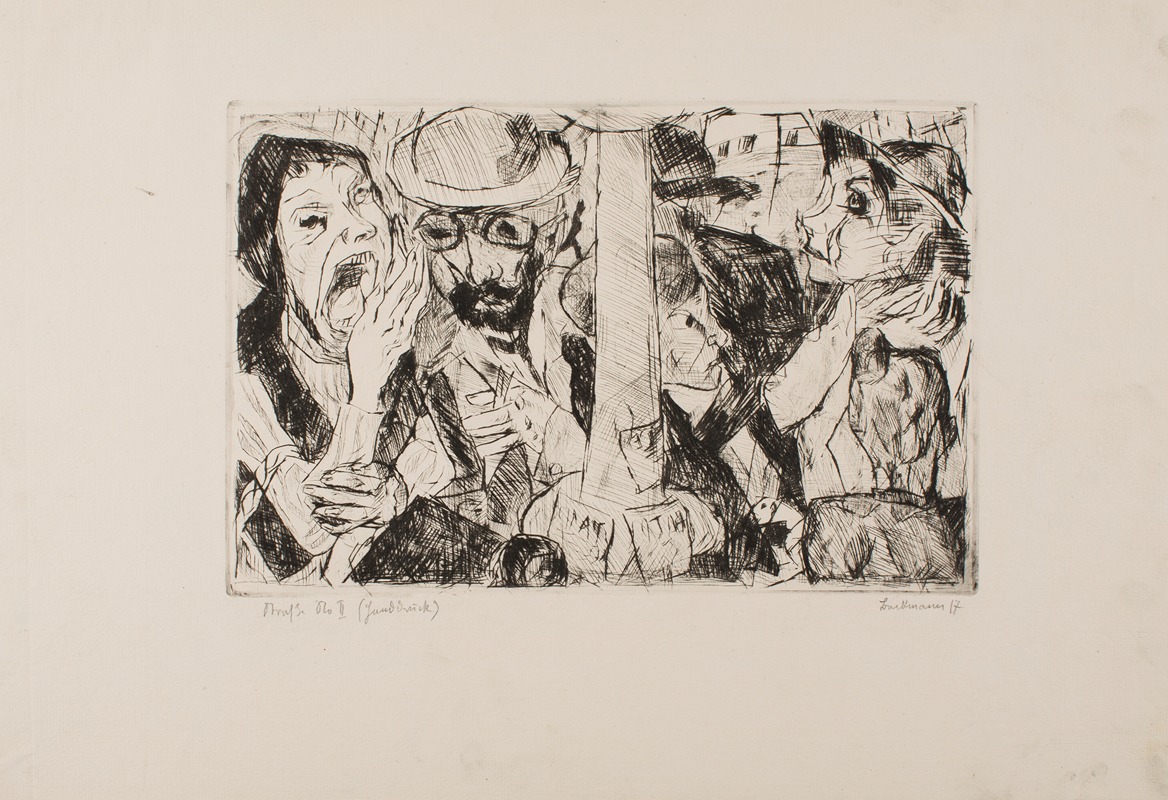
Street II
A hand-painted replica of Max Beckmann’s masterpiece Street II, meticulously crafted by professional artists to capture the true essence of the original. Each piece is created with museum-quality canvas and rare mineral pigments, carefully painted by experienced artists with delicate brushstrokes and rich, layered colors to perfectly recreate the texture of the original artwork. Unlike machine-printed reproductions, this hand-painted version brings the painting to life, infused with the artist’s emotions and skill in every stroke. Whether for personal collection or home decoration, it instantly elevates the artistic atmosphere of any space.
Max Beckmann's "Street II" is a significant work of art created by the German painter Max Beckmann in 1948. Beckmann, born in 1884, was a prominent figure in the German Expressionist movement, although his style evolved significantly over his career, incorporating elements of New Objectivity and Symbolism. "Street II" is an exemplary piece that reflects Beckmann's mature style, characterized by bold colors, complex compositions, and a deep sense of psychological tension.
"Street II" was painted during a tumultuous period in Beckmann's life. After fleeing Nazi Germany in 1937 due to the regime's condemnation of modern art as "degenerate," Beckmann spent a decade in Amsterdam before eventually emigrating to the United States in 1947. This period of exile and displacement profoundly influenced his work, infusing it with themes of alienation, existential angst, and the search for identity.
The painting depicts a bustling urban scene, a common motif in Beckmann's post-war works. The composition is crowded with figures, each seemingly absorbed in their own world, yet interconnected through the dynamic interplay of lines and colors. Beckmann's use of space is particularly notable; the figures appear compressed within the frame, creating a sense of claustrophobia and intensity. This technique reflects the artist's view of modern life as chaotic and fragmented.
Beckmann's palette in "Street II" is striking, with vibrant hues juxtaposed against darker tones, enhancing the emotional impact of the scene. The figures are rendered in a semi-abstract manner, with exaggerated features and distorted proportions, a hallmark of Beckmann's style. This distortion serves to emphasize the psychological depth of the characters, each one a representation of the human condition in the post-war era.
The painting also features Beckmann's characteristic use of symbolism. Various elements within the scene, such as the positioning of the figures, their gestures, and the surrounding architecture, can be interpreted as metaphors for broader social and existential themes. Beckmann often included autobiographical references in his work, and "Street II" is no exception, reflecting his personal experiences and observations of the world around him.
"Street II" is housed in the Saint Louis Art Museum, which holds a significant collection of Beckmann's works. The museum's acquisition of this piece underscores Beckmann's influence and importance in the canon of 20th-century art. His ability to capture the complexities of human experience through his unique artistic language continues to resonate with audiences today.
Max Beckmann's "Street II" remains a powerful testament to his skill as a painter and his profound engagement with the social and psychological issues of his time. Through its vivid imagery and emotional depth, the painting invites viewers to reflect on the nature of modern existence and the enduring human spirit.






